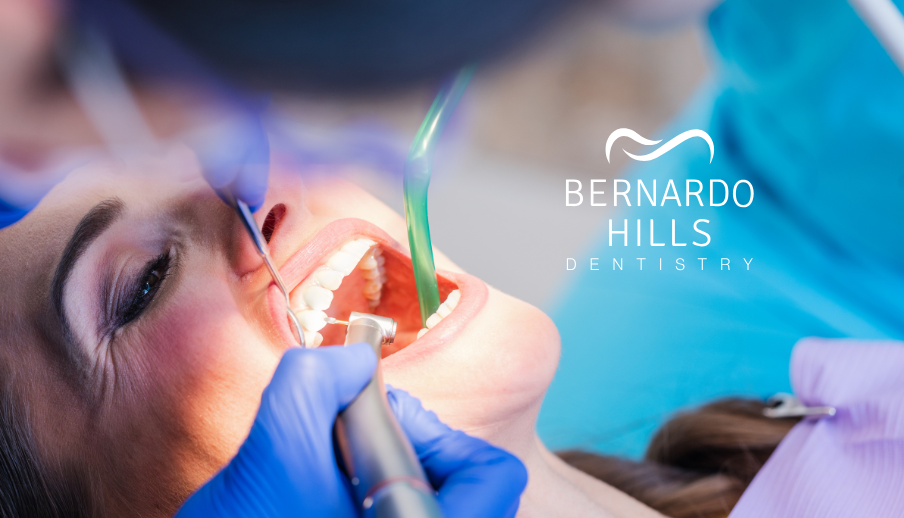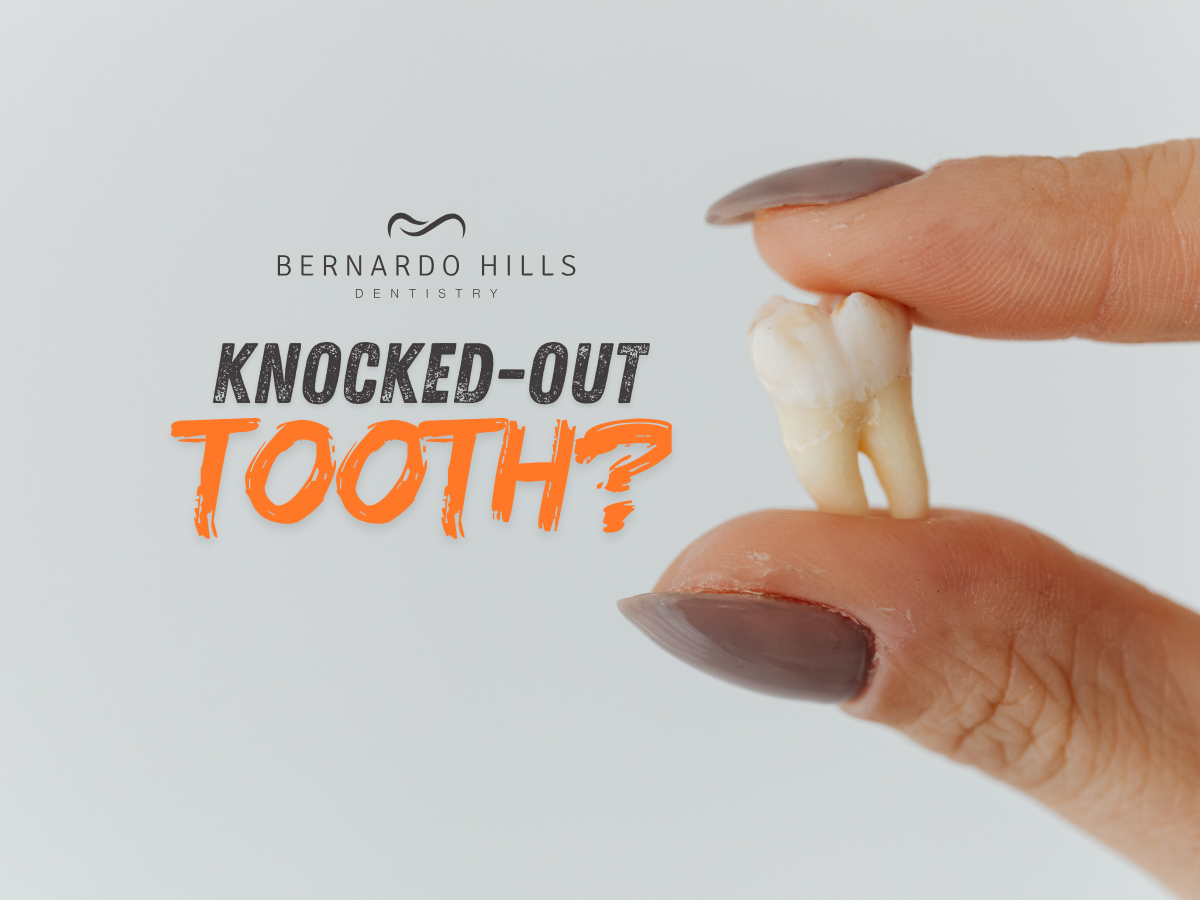When Can You Drink Carbonated Drinks After Tooth Extraction
Understanding Tooth Extraction and Recovery
What Happens During a Tooth Extraction
Tooth extraction is a common dental procedure where a tooth is removed from its socket in the bone. This can happen for several reasons, including:
- Severe tooth decay
- Gum disease
- Overcrowding of teeth
- Impacted wisdom teeth
During the procedure, the dentist will numb the area around the tooth and may use special tools to loosen and remove it. After the extraction, the area will need time to heal.
Typical Recovery Timeline
The recovery period after a tooth extraction can vary, but here’s a general timeline:
- First 24 hours: Initial healing begins, and it’s important to rest.
- Days 2-3: Swelling and discomfort may peak, but should start to improve.
- Week 1: Most of the healing occurs, and stitches (if any) may be removed.
- Weeks 2-4: The gum tissue continues to heal, and normal activities can usually resume.
Common Post-Extraction Symptoms
After a tooth extraction, it’s normal to experience some symptoms, including:
- Pain or discomfort at the extraction site
- Swelling of the cheeks or gums
- Minor bleeding
- Difficulty opening the mouth
Recovery from a tooth extraction is a gradual process, and following your dentist's advice is crucial for a smooth healing journey.
The Healing Process After Tooth Extraction
Stages of Healing
The healing process after a tooth extraction involves several stages:
- Blood Clot Formation: Right after the extraction, a blood clot forms in the socket to protect the bone and nerves.
- Tissue Regeneration: Over the next few days, the tissue around the extraction site begins to heal and regenerate.
- Bone Healing: In the following weeks, the bone starts to fill in the empty space left by the tooth.
Factors Affecting Healing Time
Several factors can influence how quickly you heal after a tooth extraction:
- Age: Younger individuals often heal faster than older adults.
- Health Conditions: Conditions like diabetes can slow down the healing process.
- Smoking: Smoking can delay healing and increase the risk of complications.
Signs of Complications
It's important to watch for signs that may indicate complications during the healing process:
- Severe Pain: If pain worsens instead of improving, it could be a sign of a problem.
- Swelling: Excessive swelling that doesn't go down may need attention.
- Fever: A fever could indicate an infection, which requires prompt care.
Understanding the healing process is crucial for a smooth recovery. By being aware of the stages and factors affecting healing time, you can take better care of yourself after a tooth extraction.
Why Carbonated Drinks Are a Concern
Impact of Carbonation on Healing
Carbonated drinks, like soda, can be problematic after a tooth extraction. The bubbles in these drinks can create pressure in your mouth, which might disturb the healing process. This pressure can lead to discomfort and may even affect the blood clot that forms in the extraction site.
Risks of Drinking Soda Too Soon
Drinking carbonated beverages too soon after your procedure can lead to several issues:
- Increased pain: The fizz can irritate the extraction site.
- Delayed healing: The carbonation may disrupt the healing process.
- Higher risk of complications: This includes the chance of developing dry socket, a painful condition that can occur if the blood clot is dislodged.
Comparing Carbonated and Non-Carbonated Beverages
When considering what to drink after a tooth extraction, it's important to know the differences:
- Carbonated Beverages: These include soda and sparkling water, which can be harmful due to their acidity and carbonation.
- Non-Carbonated Beverages: Options like water, herbal teas, and clear broths are safer choices that help keep you hydrated without risking your recovery.
After a tooth extraction, it's best to avoid carbonated drinks for at least a few days to ensure proper healing and reduce the risk of complications.
Recommended Waiting Period for Carbonated Drinks
General Guidelines for Beverage Consumption
After a tooth extraction, it's important to be careful about what you drink. Here are some general guidelines to follow:
- Wait at least 24 hours before consuming any carbonated drinks.
- Stick to non-carbonated beverages like water or herbal tea for the first few days.
- Gradually reintroduce other drinks as you feel comfortable and your healing progresses.
Dentist Recommendations
Most dentists suggest avoiding carbonated drinks for a specific period. They often recommend:
- Avoiding soda for at least 48 hours to prevent irritation.
- Consulting your dentist if you have any concerns about your recovery.
- Listening to your body; if you feel discomfort, it’s best to wait longer.
Patient Experiences
Many patients have shared their experiences regarding carbonated drinks after extraction. Common points include:
- Some felt fine after a couple of days, while others waited a week.
- Many reported that avoiding carbonation helped them heal faster.
- A few experienced discomfort when they drank soda too soon.
Remember, every person's healing process is different. It's always best to follow your dentist's advice and listen to your body.
Safe Beverage Alternatives Post-Extraction
After having a tooth extracted, it’s important to choose the right drinks to help with recovery. Here are some safe options:
Hydration Options
- Water: Always the best choice for staying hydrated.
- Electrolyte Drinks: These can help replenish lost minerals.
- Diluted Fruit Juices: Opt for juices without added sugars.
Nutritional Beverages
- Protein Shakes: Great for getting nutrients without chewing.
- Smoothies: Blend fruits and yogurt for a tasty treat.
- Broth: A warm option that’s easy to consume
Herbal Teas and Their Benefits
- Chamomile Tea: Known for its calming effects.
- Peppermint Tea: Can help soothe your stomach.
- Ginger Tea: Good for reducing inflammation.
Avoid using straws after your extraction, as they can create suction that may disturb the healing site.
Remember to stay away from hot beverages and alcohol consumption during the initial recovery phase. Cold beverages are usually safer and can help with swelling.
Preventing Dry Socket and Other Complications
Understanding Dry Socket
Dry socket is a painful condition that can occur after a tooth extraction. It happens when the blood clot that forms in the socket is dislodged or dissolves too early. This can expose the bone and nerves, leading to severe pain. To prevent dry socket, it’s important to follow your dentist's instructions carefully.
Tips to Avoid Complications
Here are some helpful tips to reduce the risk of dry socket and other complications:
- Avoid sucking actions: Don’t use straws or spit forcefully for at least 24 hours after the extraction.
- Stay away from certain foods: Avoid crunchy, spicy, or hot foods that can irritate the extraction site.
- Follow oral care guidelines: Keep the area clean but be gentle when brushing your teeth.
Role of Diet in Recovery
Eating the right foods can help your body heal faster. Consider these options:
- Soft foods like yogurt, mashed potatoes, and smoothies.
- Plenty of fluids to stay hydrated, but avoid carbonated drinks for a while.
- Nutrient-rich foods that support healing, such as fruits and vegetables.
Taking care of your mouth after a tooth extraction is crucial. Following these guidelines can help you avoid dry socket and ensure a smoother recovery.
Managing Pain and Discomfort
Over-the-Counter Pain Relief
After a tooth extraction, managing pain is crucial for a smooth recovery. Many people find relief using over-the-counter medications. Here are some common options:
- Ibuprofen: Helps reduce pain and swelling.
- Acetaminophen: Good for pain relief if you can't take ibuprofen.
- Aspirin: Can also help, but consult your dentist first.
Home Remedies for Pain Management
In addition to medications, some home remedies can help ease discomfort:
- Cold Compress: Apply a cold pack to your cheek for 15-20 minutes to reduce swelling.
- Salt Water Rinse: Gently rinse your mouth with warm salt water to soothe the area.
- Clove Oil: A natural remedy that can numb pain when applied carefully.
When to Consult Your Dentist
If pain persists or worsens, it’s important to reach out to your dentist. Signs that you should call include:
- Severe pain that doesn’t improve with medication.
- Swelling that increases after a few days.
- Any signs of infection, like fever or pus.
Managing pain effectively is key to a comfortable recovery after tooth extraction. Taking the right steps can help you feel better and heal faster.
Post-Extraction Oral Hygiene Practices
After a tooth extraction, maintaining proper oral hygiene is crucial for a smooth recovery. Here are some important practices to follow:
Gentle Cleaning Techniques
- Use a soft-bristled toothbrush to avoid irritating the extraction site.
- Brush your teeth carefully, avoiding the area where the tooth was removed for the first few days.
- Rinse your mouth gently with warm salt water after 24 hours to help keep the area clean.
Mouthwash Use and Recommendations
- Avoid using mouthwash that contains alcohol, as it can irritate the healing tissue.
- Opt for a mild, alcohol-free mouthwash to help freshen your breath without causing harm.
- Follow your dentist's advice on when to start using mouthwash again.
Avoiding Irritation of the Extraction Site
- Steer clear of hard, crunchy, or spicy foods that can disturb the area.
- Do not use straws for at least a week, as the suction can dislodge the blood clot and lead to complications.
- Be cautious when flossing near the extraction site until it has healed completely.
Post-Operative Care is essential for a successful recovery. Following these guidelines will help you heal properly and avoid complications.
Consulting Your Dentist for Personalized Advice
After a tooth extraction, it’s crucial to consult your dentist for personalized advice tailored to your recovery. Your dentist can provide specific recommendations based on your unique situation. Here are some key points to consider:
Importance of Follow-Up Appointments
- Follow-up visits help monitor your healing process.
- Your dentist can check for any complications.
- They can adjust your care plan if needed.
Questions to Ask Your Dentist
- How long should I wait before drinking carbonated beverages?
- What signs of complications should I look out for?
- Are there specific foods or drinks I should avoid?
Tailoring Recovery Plans to Individual Needs
- Each person heals differently, so your dentist will customize your recovery plan.
- They may suggest specific oral hygiene practices.
- Your dentist can recommend safe alternatives to carbonated drinks.
Consulting with a dentist, especially one from Rancho Bernardo, ensures you receive the best care and advice for a smooth recovery. If you experience any issues, don’t hesitate to reach out to an emergency dentist in Rancho Bernardo.
Long-Term Oral Health After Tooth Extraction
Maintaining Oral Hygiene
To keep your mouth healthy after a tooth extraction, it’s important to follow good oral hygiene practices. Here are some tips:
- Brush your teeth gently twice a day, avoiding the extraction site for the first few days.
- Use a soft-bristled toothbrush to prevent irritation.
- Floss daily, but be careful around the extraction area.
Regular Dental Check-Ups
Scheduling regular visits to your dentist in rancho bernardo is crucial for maintaining oral health. Aim for:
- Check-ups every six months to catch any issues early.
- Professional cleanings to remove plaque and tartar.
- Discussions about any concerns you may have regarding your oral health.
Dietary Considerations for Oral Health
What you eat can greatly affect your oral health. Consider these dietary tips:
- Eat a balanced diet rich in fruits, vegetables, and whole grains.
- Limit sugary snacks and drinks to reduce the risk of cavities.
- Stay hydrated by drinking plenty of water, which helps wash away food particles.
Taking care of your oral health after a tooth extraction is essential for a smooth recovery and long-term well-being. Good habits today can lead to a healthier smile tomorrow.
Conclusion
In summary, knowing when you can enjoy carbonated drinks after having a tooth pulled is important for your recovery. This article has shared helpful tips about what drinks are safe and which ones to avoid. Remember, it’s best to wait at least 48 hours before sipping on soda or any fizzy drinks to help your mouth heal properly. Following the right care steps can make a big difference in how quickly you feel better. Always listen to your dentist's advice to ensure a smooth recovery and keep your smile bright!

Bernardo Hills Dentistry
11665 Avena Pl # 105, San Diego, CA 92128, United States
(858) 877-9307
Hours & Address
Monday: 9:00 am - 6:00 pm
Tuesday: 9:00 am - 6:00 pm
Wednesday: 8:00 am - 5:00 pm
Thursday: 8:00 am - 5:00 pm
Friday: 8:00 am - 2:00 pm
Saturday-Sunday: Closed
Navigation Links
Hours & Address
Monday: 9:00 am - 6:00 pm
Tuesday: 9:00 am - 6:00 pm
Wednesday: 8:00 am - 5:00 pm
Thursday: 8:00 am - 5:00 pm
Friday: 8:00 am - 2:00 pm
Saturday-Sunday: Closed
Navigation Links
Hours & Address
Monday: 9:00 am - 6:00 pm
Tuesday: 9:00 am - 6:00 pm
Wednesday: 8:00 am - 5:00 pm
Thursday: 8:00 am - 5:00 pm
Friday: 8:00 am - 2:00 pm
Saturday-Sunday: Closed
Navigation Links
Bernardo Hills Dentistry | All Rights Reserved




